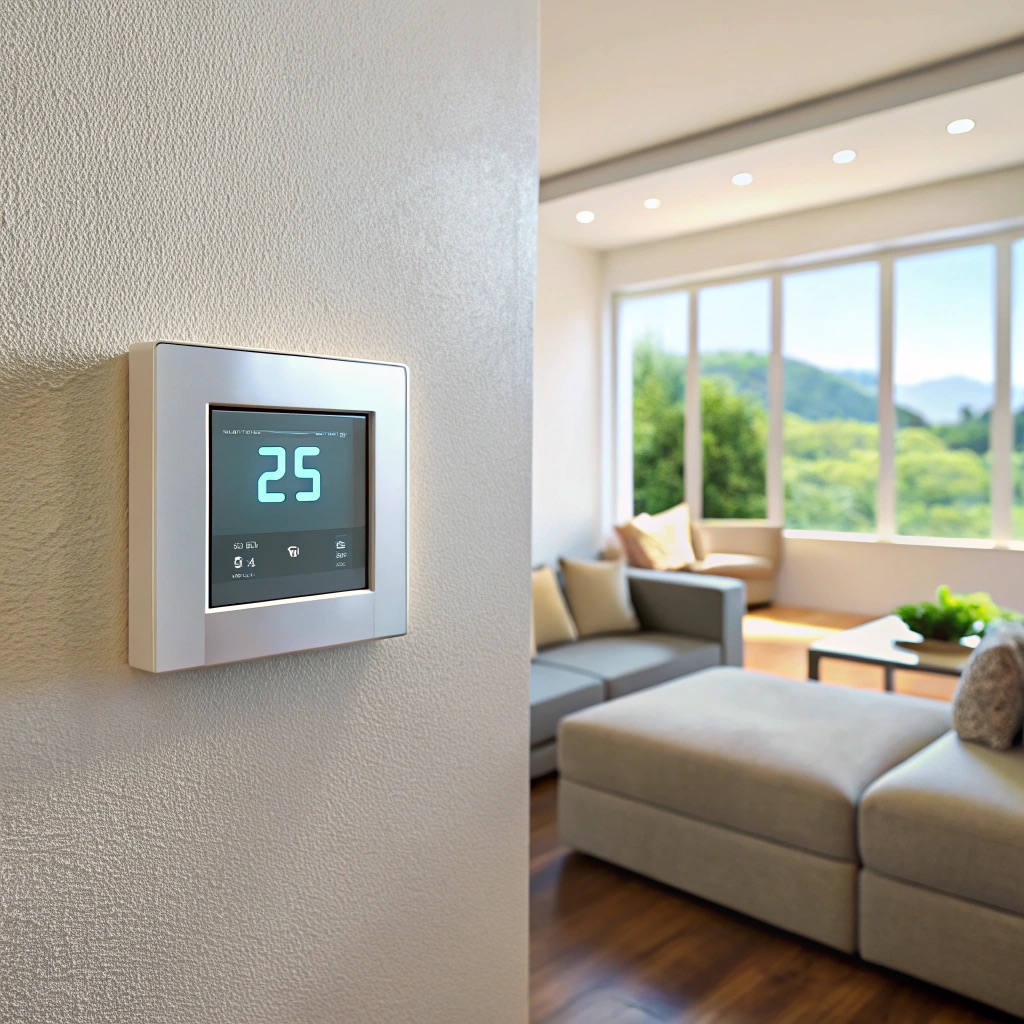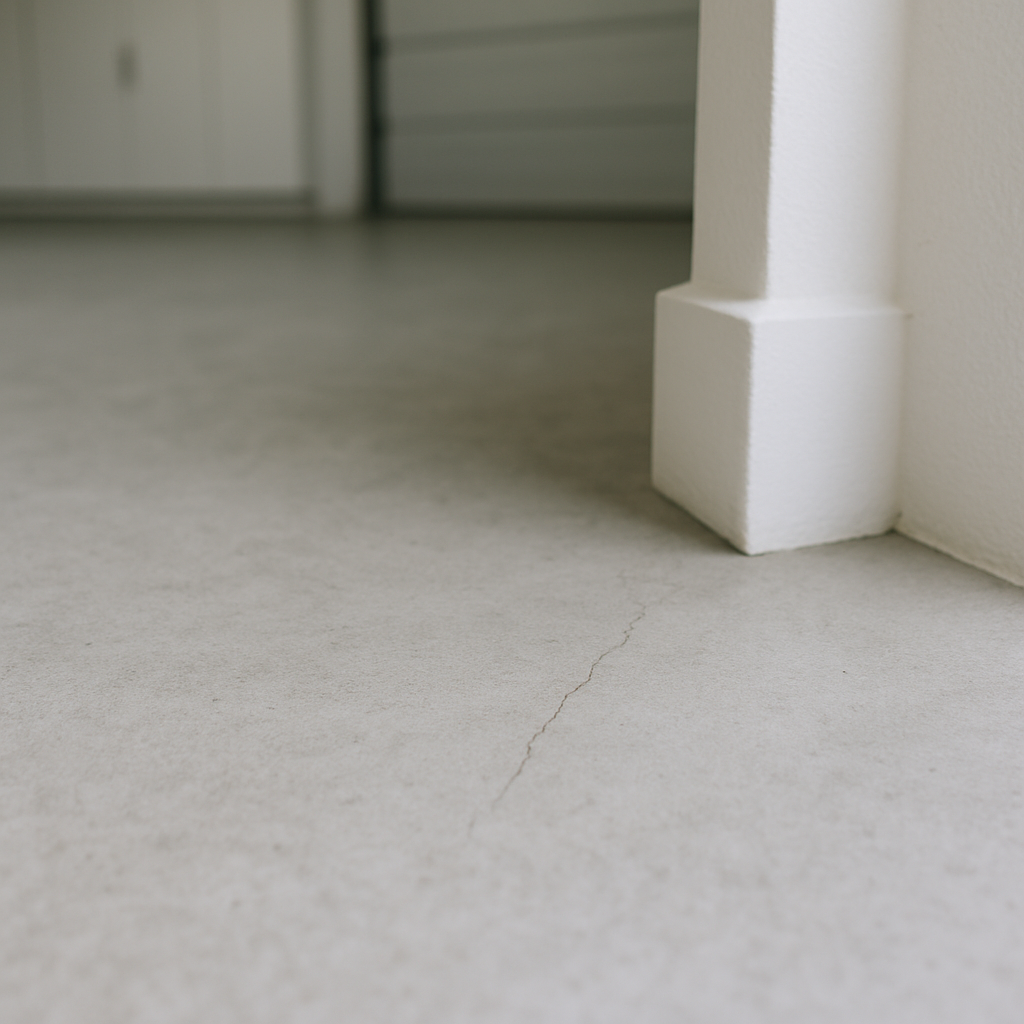Last updated on
Your home gutters aren’t the thing you want to talk much about but they need to be maintained to keep your household in a good shape. Here are 5 simple maintenance tips to save you some trouble.
Having a roof above your head is always a blessing, but it won’t be for long if you fail to maintain the very thing that’s protecting your home and your family 24/7.
It’s no doubt that the roof is usually one of the most neglected areas of the house that is susceptible to intense wear and tear due to being exposed to harsh weather conditions and other environmental elements. But roof work is also one of the top home improvement projects people take on during the summer months.
The most common culprit of roof damage is the accumulation of water, paving the way for degradation, sagging, and even holes in your roof. To prevent, this you have to properly maintain the thing that’s responsible for redirecting water that falls on your roof — the gutters.
Here’s how.
What's Inside
Clean Them Regularly
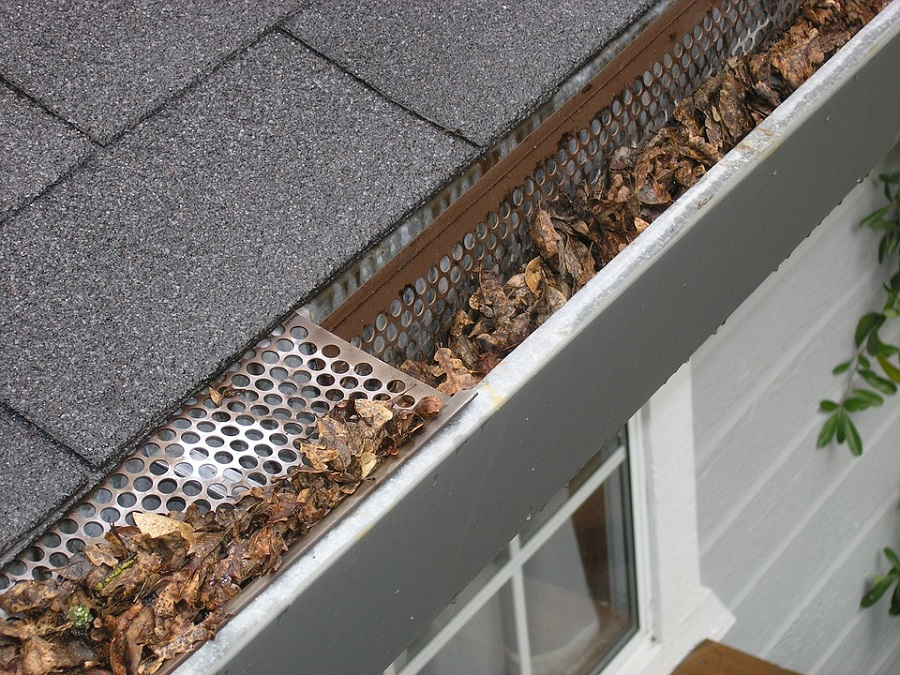
Gutters are designed to allow the steady stream of water towards the downspouts, no matter how hard the rain might be. All you have to do is make sure that the gutter is not clogged up by stray leaves and other debris. Otherwise, the water can’t freely move and the gutter might overflow, destroying everything in its path.
As soon as you hear that rain is in the forecast, do a quick check to see if there is anything solid you can scoop out of the gutter that might restrict the free flow of water. During the dry season, a once-a-month checkup of the gutter should be enough.
Once you’ve taken out leaves and other debris from the gutter, flush it with running water from a hose to check if the water flow is uninterrupted.
Consider Installing Gutter Screens/Gutter Guards
If you think getting up on a ladder to scoop things out of the gutter is tedious work, you’re not alone. That’s why professionals have developed gutter accessories like screens or guards that prevent the accumulation of debris on your gutters in the first place.
Take note that tinkering with your gutter all by yourself or letting untrained ‘repairmen’ attempt to do it might do your roof more harm than good. Don’t skimp on hiring professionals when it comes to your roofing needs.
Take note that not all gutter companies are created equal. Make sure you weed out those who are out to rip you off and only settle for those that do honest business and have amassed an impressive reputation in your area.
Regularly Check for Damage
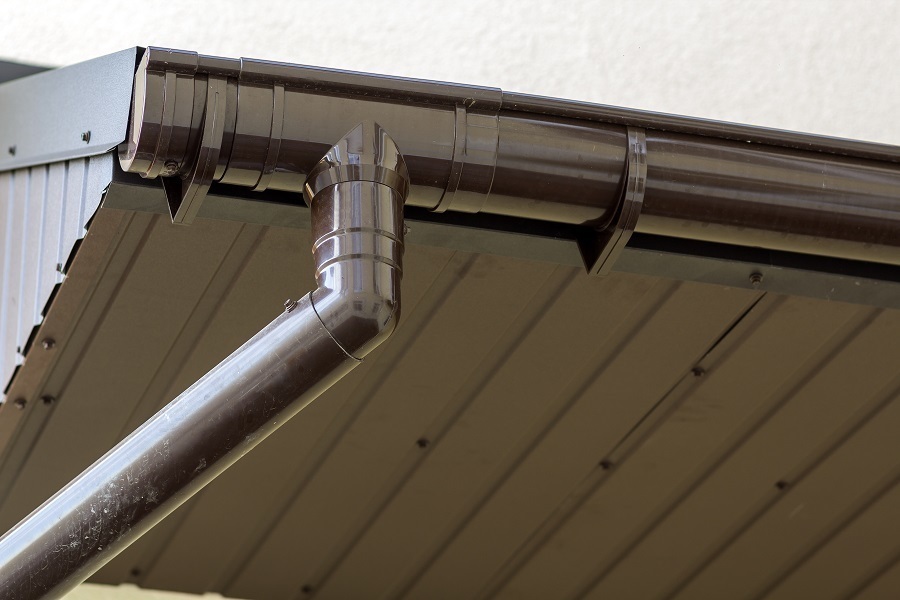
Sagging and rattling gutters are your first indication that something needs to be replaced. However, these things may go unnoticed for several months unless you are deliberately checking the condition of your gutter regularly.
If the gutter is simply loose, all you have to do is replace the gutter spikes with gutter screws to secure it and provide more support. However, if you notice that the gutter itself or any of its seams or joints have holes in them, you have to seal and repair them as soon as you can, using a gutter seal.
Gutter repair contractors can also add gutter brackets to secure severely damaged portions,
Have Them Replaced
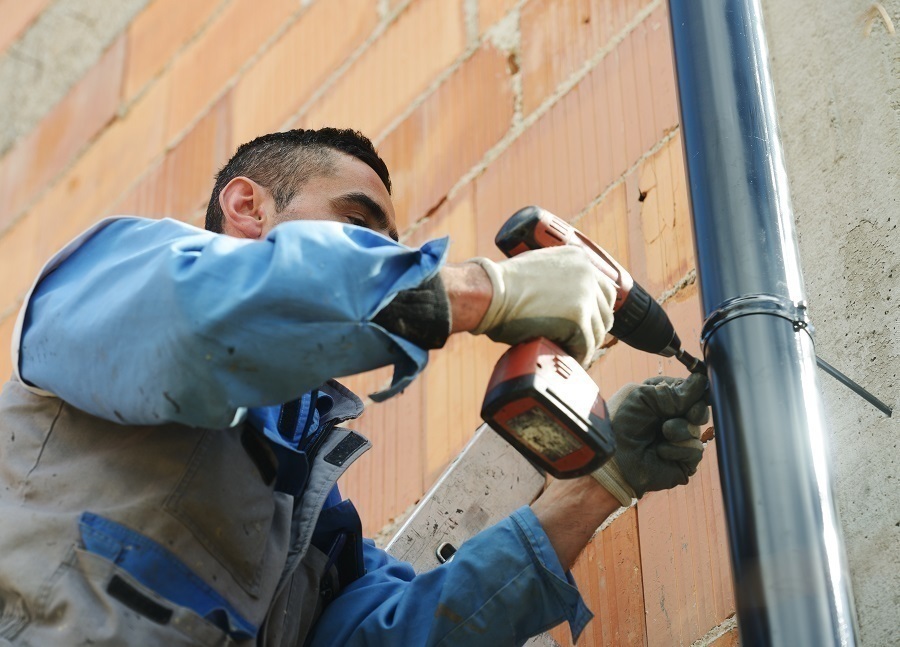
Before paying for repair services, assess first if the damage sustained by your gutter is actually reparable. Sometimes, you’ll find that it would be cheaper to just have the whole gutter replaced.
Again, you might be able to buy an entire gutter system or even come up with your own DIY version of it, but you would still need to consult with a professional or have one supervise your work to ensure that it can withstand the test of time (and harsh weather).
Maintain the Downspouts
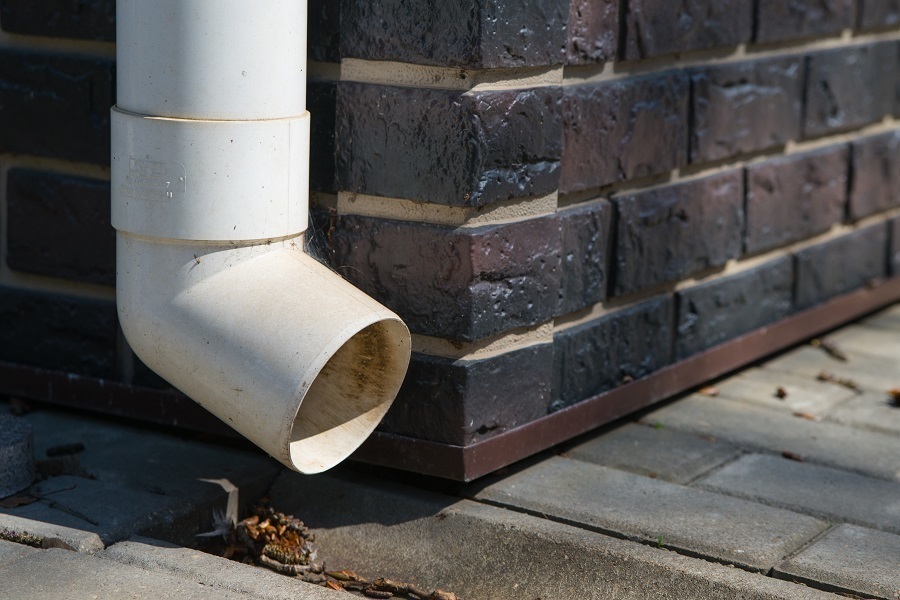
Finally, you have to take good care of the downspouts. Keep in mind that the water that runs along the gutter has to be expelled properly, otherwise the water will just back up and flood the entire system. Hence, you also have to ensure that the downspouts are free from any debris that might interrupt the water flow.
Likewise, ensure that the water coming out of the spouts is directed away from your home and garden. You can install splash guards, an irrigation pipe, or even a downspout extension to ascertain that the expelled rainwater cannot find its way back to your home to destroy its foundation.
